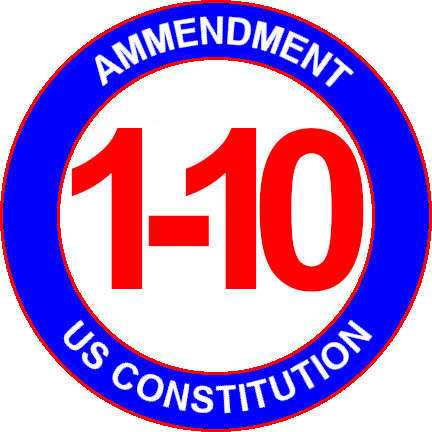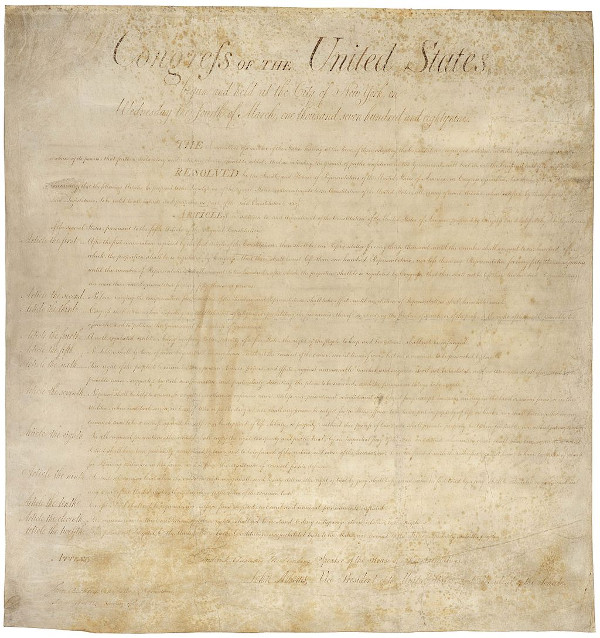Bill of Rights (Law)

Bill of Rights
1789 AD - 1791 AD
The United States Bill of Rights comprises the first ten amendments to the United States Constitution. Proposed following the often bitter 1787–88 debate over the ratification of the Constitution, and written to address the objections raised by Anti-Federalists, the Bill of Rights amendments add to the Constitution specific guarantees of personal freedoms and rights, clear limitations on the government's power in judicial and other proceedings, and explicit declarations that all powers not specifically granted to the U.S. Congress by the Constitution are reserved for the states or the people.
The concepts codified in these amendments are built upon those found in earlier documents, especially the Virginia Declaration of Rights (1776), as well as the Northwest Ordinance (1787), the English Bill of Rights (1689), and the Magna Carta (1215).
Due largely to the efforts of Representative James Madison, who studied the deficiencies of the Constitution pointed out by anti-federalists and then crafted a series of corrective proposals. Contrary to Madison's proposal that the proposed amendments be incorporated into the main body of the Constitution (at the relevant articles and sections of the document), they were proposed as supplemental additions (codicils) to it.
Events (14)
for 
Attachments
Proposed Bill of Rights, 1789 First page of an original copy of the twelve proposed articles of amendment, as passed by Congress., Twelve articles of amendment to the to the United States Constitution proposed in 1789, ten of which, Articles three through twelve, became part of the United States Constitution in 1791. Note that the First Amendment is actually "Article the third" on the document, Second Amendment is "Article the fourth", and so on. "Article the second" is now the 27th Amendment. "Article the first" has not been ratified









